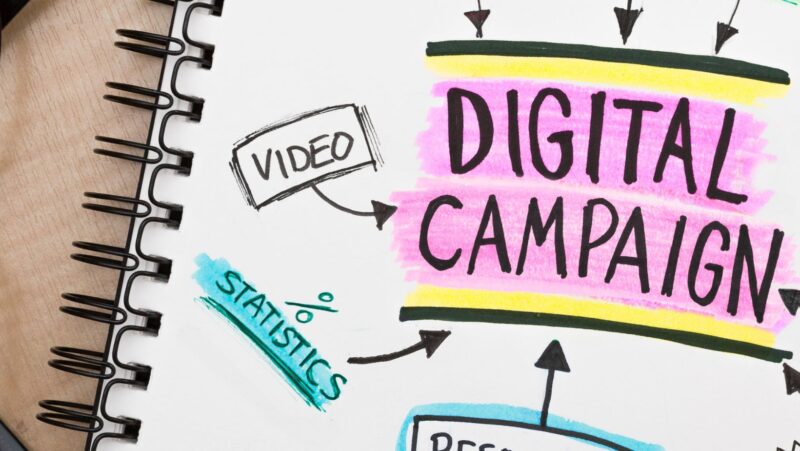
Imagine yourself navigating through a dense forest of proposals, each one vying for attention like trees reaching for the sunlight. As a professional seeking to master the art of effective proposal management, you understand the importance of standing out amidst this crowded landscape.
But where do you begin? How do you craft a proposal that not only captures the interest of your audience but also compels them to take action?
This guide will provide you with the essential tools and strategies to not only create compelling proposals but also present them with confidence and evaluate their effectiveness.
Get ready to unlock the secrets to mastering proposals and take your professional endeavors to new heights.
Understanding the Purpose
To effectively proposals management, it’s crucial to understand their purpose and how they contribute to the success of your organization. Proposals are essential documents that outline your ideas, solutions, or offerings to potential clients or stakeholders. They serve as a persuasive tool to convince decision-makers to support your project or invest in your product or service.
Understanding the purpose of a proposal is vital because it allows you to tailor your approach and content to meet the needs of your audience. By clearly articulating your value proposition, addressing pain points, and demonstrating how your solution aligns with their goals, you increase the chances of winning their support.
There are several factors that contribute to the success of a proposal. First and foremost, it should be well-structured and organized, with a clear introduction, body, and conclusion. It should also be concise and easy to read, with a focus on relevant information and key benefits. Additionally, the proposal should be customized to the specific needs and preferences of the recipient, showcasing your understanding of their industry and challenges.
Crafting a Compelling Proposal
Crafting a compelling proposal requires careful consideration of your audience’s needs and a persuasive presentation of your unique value proposition. To effectively persuade your audience, you need to use persuasive language that captivates their attention and convinces them of the value your proposal offers.
One way to enhance the persuasive power of your proposal is to incorporate visual elements. Visuals can help convey information in a more engaging and memorable way. Whether it’s graphs, charts, or infographics, visual elements can effectively illustrate data and make complex concepts easier to understand. They can also break up long blocks of text and make your proposal visually appealing.

In addition to visuals, you should also focus on organizing your proposal in a logical and concise manner. Present your ideas in a clear and structured way, making it easy for your audience to follow along. Use headings and subheadings to guide their attention and highlight key points. By presenting your proposal in an organized and concise manner, you demonstrate professionalism and respect for your audience’s time.
Crafting a compelling proposal requires the right combination of persuasive language and visual elements. By carefully considering your audience’s needs and presenting your unique value proposition in a persuasive and organized way, you increase your chances of success.
Presenting Your Proposal
When presenting your proposal, ensure that your communication is clear, concise, and persuasive. To effectively convey your ideas, incorporate visual aids into your presentation.
Visual aids such as charts, graphs, and images can enhance your message and make it more engaging for your audience. Use these tools to illustrate key points, highlight data, and present information in a visually appealing manner.
In addition to visual aids, your communication skills play a crucial role in delivering a successful proposal presentation. Practice your delivery to ensure a confident and professional demeanor. Pay attention to your tone, body language, and eye contact to establish trust and credibility with your audience.
Organize your presentation in a logical and structured manner. Begin with a clear introduction that outlines the purpose and benefits of your proposal. Follow this with a well-organized body that presents your key points, supporting evidence, and solutions. Conclude with a strong closing that summarizes your proposal and leaves a lasting impression.
Evaluating and Improving Your Proposals
Evaluate and improve your proposals by seeking feedback from stakeholders and incorporating their suggestions for refinement. Evaluating the effectiveness of your proposals is crucial in ensuring that they’re persuasive and impactful.
One way to do this is by establishing a feedback loop with your stakeholders. This involves actively seeking their input, listening to their perspectives, and incorporating their suggestions into your proposals. By involving stakeholders in the evaluation process, you not only gain valuable insights but also demonstrate a commitment to collaboration and continuous improvement.
To effectively evaluate your proposals, consider using a structured approach. Start by clearly defining your objectives and success criteria. This will help you assess whether your proposals are achieving the desired outcomes.

Next, gather feedback from stakeholders through surveys, interviews, or focus groups. Ask specific questions about the clarity, persuasiveness, and relevance of your proposals. Analyze the feedback and identify recurring themes or areas for improvement.
Once you have gathered feedback, it’s essential to incorporate the suggestions into your proposals. This demonstrates your responsiveness and commitment to meeting stakeholders’ needs. Revise your proposals to address any identified shortcomings, refine your messaging, and strengthen your arguments.






